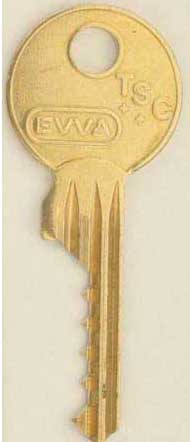 While the weather outside can be frightful during the winter months in New England – you could be sitting nice and warm inside enjoying a crackling fire and a hot beverage. Sounds wonderful and cozy, right? But you might have a problem when it comes to going outside and trying to lock your door. All of the sudden you can’t! Or even worse, you’re outside and you can’t unlock the door even though you have the key. What’s going on?
While the weather outside can be frightful during the winter months in New England – you could be sitting nice and warm inside enjoying a crackling fire and a hot beverage. Sounds wonderful and cozy, right? But you might have a problem when it comes to going outside and trying to lock your door. All of the sudden you can’t! Or even worse, you’re outside and you can’t unlock the door even though you have the key. What’s going on?
During the frigid temperatures of winter, moisture from rain and snow that enter the lock can freeze and stop the lock from turning or even prevent the key from fitting into the lock. A quick fix to this problem is using a lock de-icer – they are available in small tubes and spray cans. Your best bet is to get a de-icer that uses silicone as its first element in the mix.
Sometimes however the de-icer doesn’t work. Usually because there’s not just a build-up of ice inside the lock but a combination of oil, dust and ice. With this frozen gunk inside the lock just won’t turn. To get the inside of the lock cleaned you’ll have to remove it and take it apart. After cleaning the lock it’s a good idea to add a lubricant as a preventive measure.
Many home owners will have no problem disassembling the lock, but if you don’t feel comfortable doing this on your own give Jim Arsenault a call, 860-678-9797, or email him.
Jim Arsenault is a Connecticut licensed Master Locksmith with over 30 years experience.


 Pin tumbler design locks are probably the most popular locks in the world. These types of locks come in different sizes and finishes, can be used in exterior and interior doors, and they’re suitable for residential and commercial applications. They can also be picked quite easily with a “bump key,” sometimes also called a “999 key,” which is a normal key cut to a specific code that can then be used as a lock picking tool.
Pin tumbler design locks are probably the most popular locks in the world. These types of locks come in different sizes and finishes, can be used in exterior and interior doors, and they’re suitable for residential and commercial applications. They can also be picked quite easily with a “bump key,” sometimes also called a “999 key,” which is a normal key cut to a specific code that can then be used as a lock picking tool.




